By Liu Fang, Tenzin Sydron Source:China Tibet News 2021-05-31
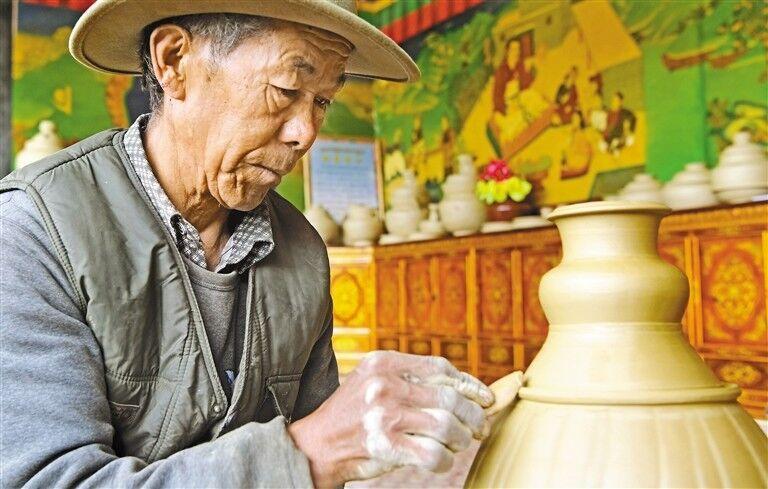
Photo shows an artist making ceramics at Drachi Town, Dranang County, Shannan City, southwest China's Tibet Autonomous Region.

Photo shows a student of Sholdopal Art School learning wood carving in Lhasa City, southwest China's Tibet Autonomous Region.

Photo shows apprentices of Nyangrain Ethnic Handicraft Clothing Factory sewing ethnic costumes in Lhasa City, southwest China's Tibet Autonomous Region.
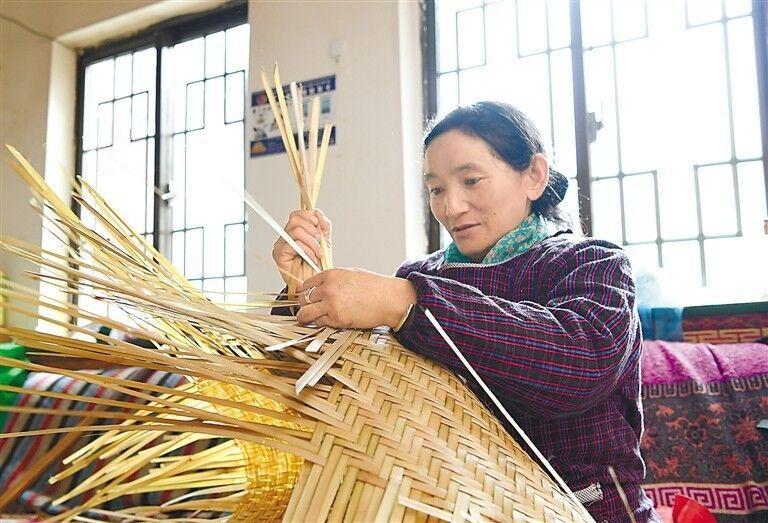
Photo shows a villager making a bamboo basket at Lhagyab Village, Lhagyab Town, Lhodrak County, Shannan City, southwest China's Tibet Autonomous Region.
Tibet has rich resources of traditional handicraft skills with distinctive features of historical inheritance and strong regional characteristics, closely linking with daily life. In recent years, with the economic and social development of Tibet and the warming up of tourism market, Tibetan handicraft industry has regained its vitality. A large number of traditional handicrafts have absorbed modern elements on the basis of retaining traditional skills, which are favored by consumers.
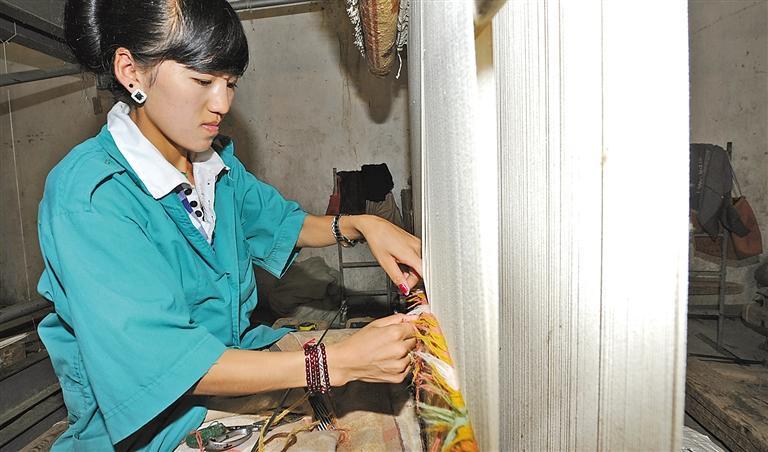
Photo shows a worker of Chengguan District Tibetan Carpet Factory making a Tibetan Carpet in Lhasa City, southwest China's Tibet Autonomous Region.
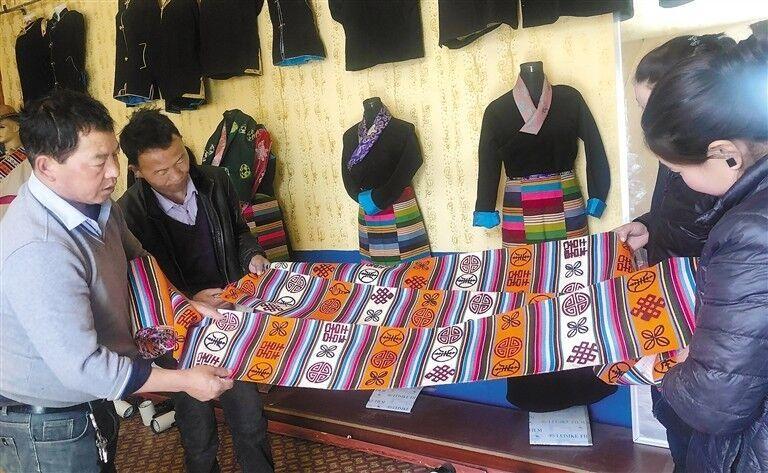
Photo shows workers of Gyiru Village Tibetan Carpet Factory displaying a piece of "Pulu"(tradition Tibetan woollen goods) at Dranang County, Shannan City, southwest China's Tibet Autonomous Region.
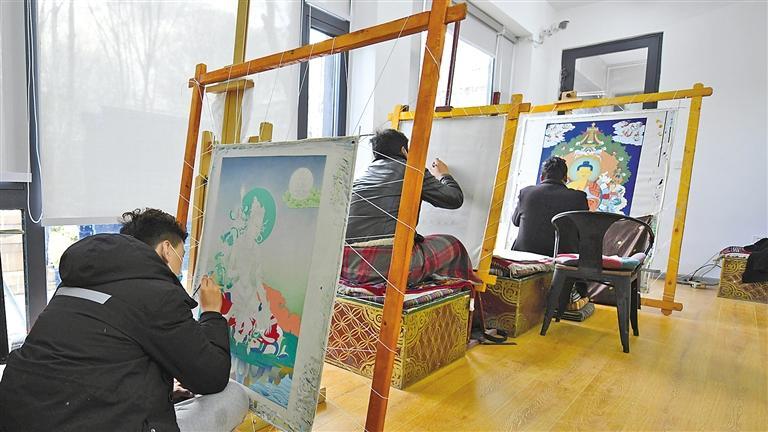
Photo shows painters painting Thangkas at Barkor Thangka Painting Centre in Lhasa City, southwest China's Tibet Autonomous Region.
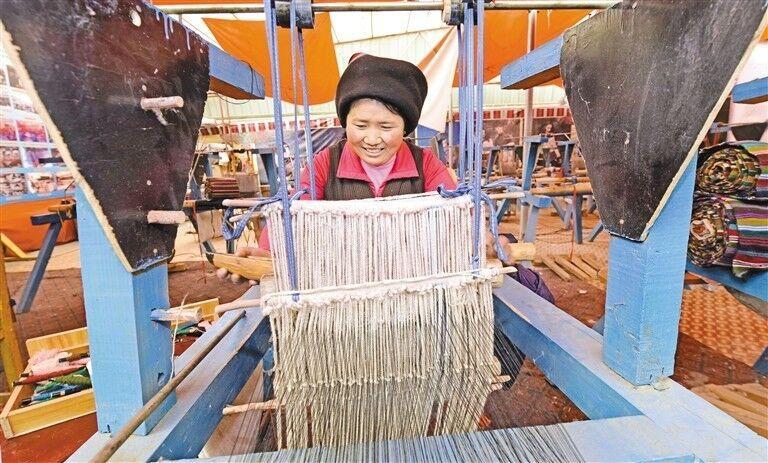
Photo shows a worker of Zongmuxia Traditional Art Processing Co., Ltd. making a piece of "Pulu"(tradition Tibetan woollen goods) at Medrogungkar County, Lhasa City, southwest China's Tibet Autonomous Region.
Nowadays, Tibetan handicraft industry not only inherits and develops the traditional skills, but also absorbs modern training and production processes, which endows the traditional handicrafts with modern value and enables the traditional craftsmen to truly keep the skills. [Photo/Losang, Tsewang, Tang Bin, Tenzin Chosphel]